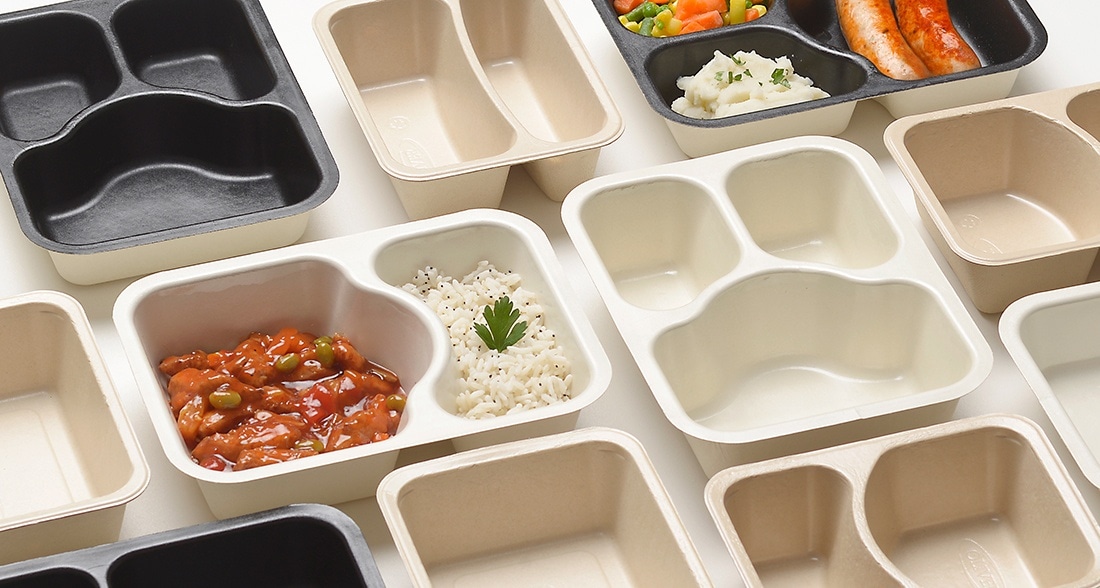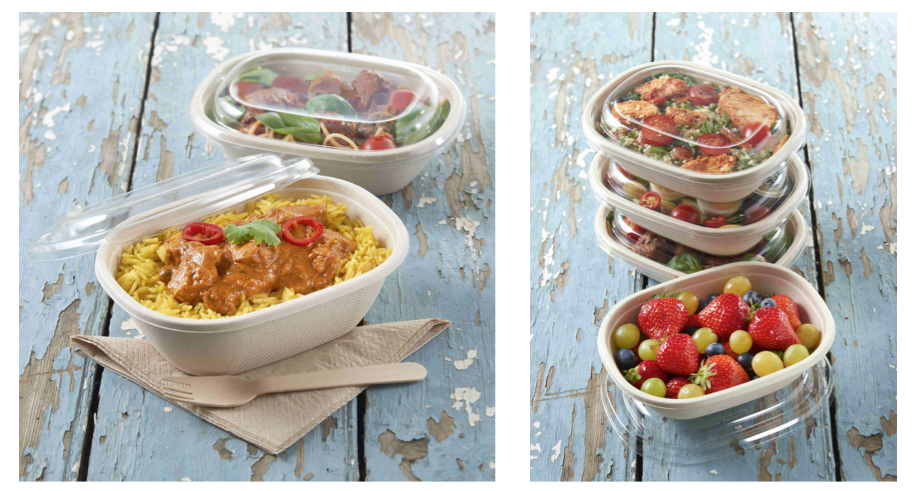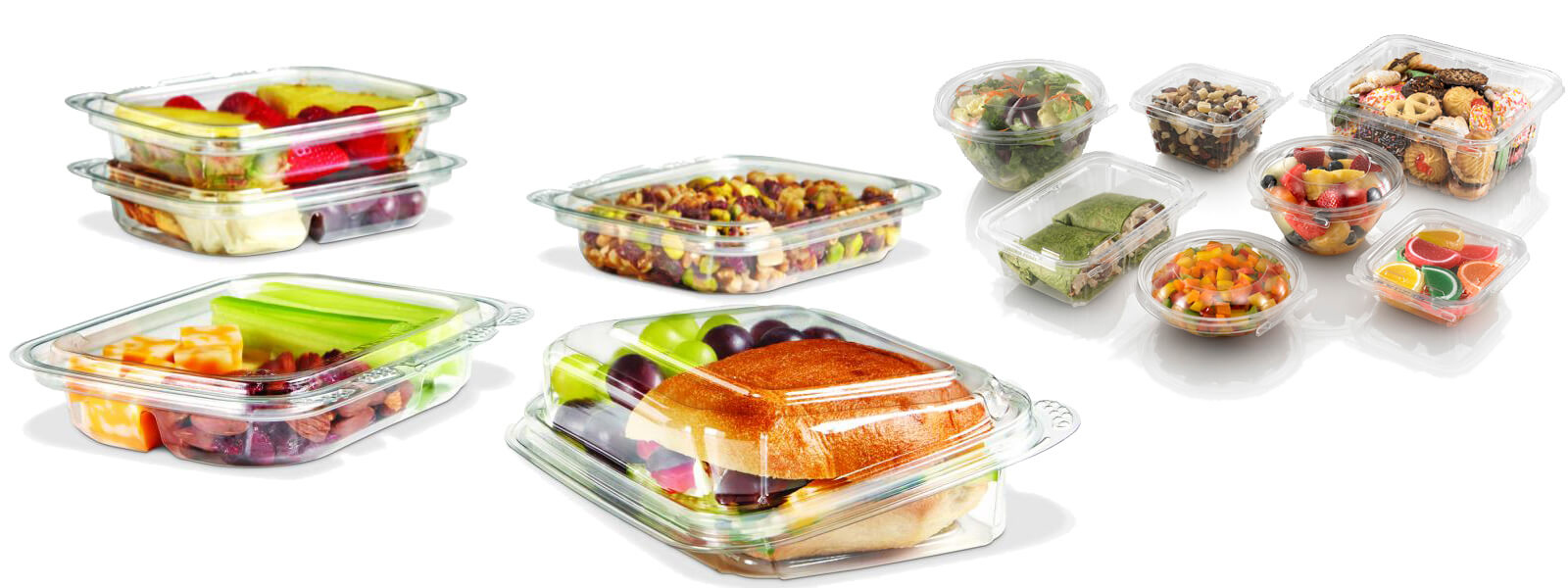Food packaging is a medium that has an astonishing range of containers. In fact, some have been in existence for over a hundred years, such as jars, bottles, and cans. With the new techniques, it is now possible to find packaging in various materials. These tools are now widely used by consumers, especially in school restaurants or canteens. And there are many tools like Package Leak Detector to check if package is leaked or it’s seal is broken.
Very often, the food is put in a plastic tray. On the other hand, food packaging materials can include wood, polystyrene foam, glass, cardboard, paper or even metals … The application usually determines the most convenient packaging box. While some favor the reduction of high levels of compression protection and insulation, others offer better visibility with minimal protection.
Biodegradable food trays are popular

For the sake of the environment, manufacturers are constantly innovating and offering consumers packaging that is always respectful of the environment. In fact, at present, more and more trays are being developed that are made from recyclable materials or that can easily deteriorate without having an impact on the environment.
In addition, in addition to companies nowadays prefer wooden or glass packaging that can be reused. Many professionals remove from their shelves the plastic packaging that is known to be the source of significant waste. Thus, we are confronted with the development of biodegradable trays.
A material for every use

In the selection of materials, manufacturers carry out a thorough examination. Indeed, they think of transportation in the first place. The goal is to keep food on the move. For fresh products such as vegetables or meats, the use of plastic, cardboard, wood or polystyrene is very common. As for frozen products, flexible packaging is the most used.
Be aware that aseptic packaging is perfect for a variety of products such as soups, sterilized milk or preserves. It is usually in the form of a jar or a box. The food inside is not visible. Indeed, the food must be protected from light. On the other hand, cartons are used for orange juice, milk or various fluids sold fresh. So many materials that generally correspond to a specific need.
The characteristics of packagings under a protective atmosphere
In this type of packaging, it is possible to keep the food in a bag or a tray. In this container, the air is returned and changed by a gas mixture. The product will determine the volume and type of gas used. This technique aims to improve the shelf life of the product while maintaining its original appearance.
In general, it is necessary to remove the majority of the oxygen present to limit the development of microbes. In these packages, a mixture of carbon dioxide and nitrogen is incorporated. Natural gases have no effect on humans or the environment.
What about under-empty packaging?

In this type of packaging, the air is expelled to stick the film to the product. Once this step is completed, the film will take the form of the product. Although this method does not guarantee an attractive presentation, it is nevertheless an excellent way to keep the flavor of the product and avoid its deterioration.
Very often, these packages are used for cheese blocks. In addition, these models are not suitable for particularly soft products such as snack products, salty pastries, soft cheeses or fruit. With such packaging, it is possible to keep the food longer. Thus, depending on the needs of each, it is possible to opt for one of these packagings to preserve its food rot.